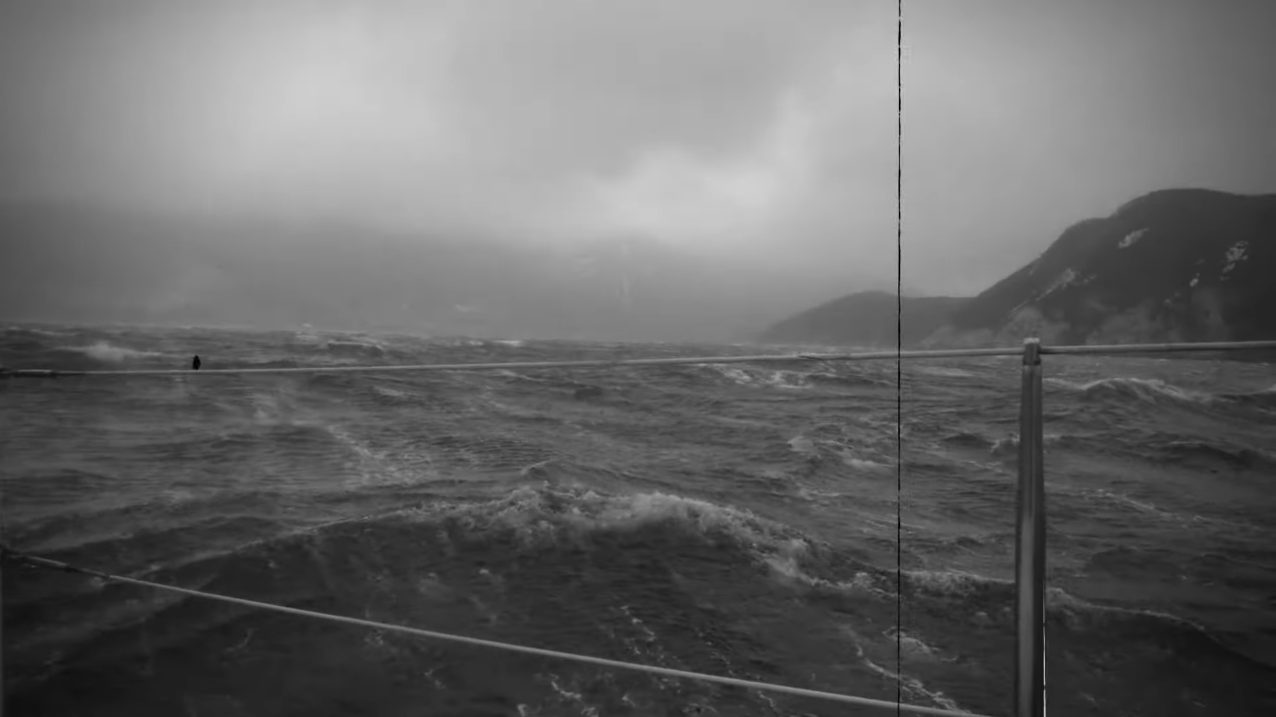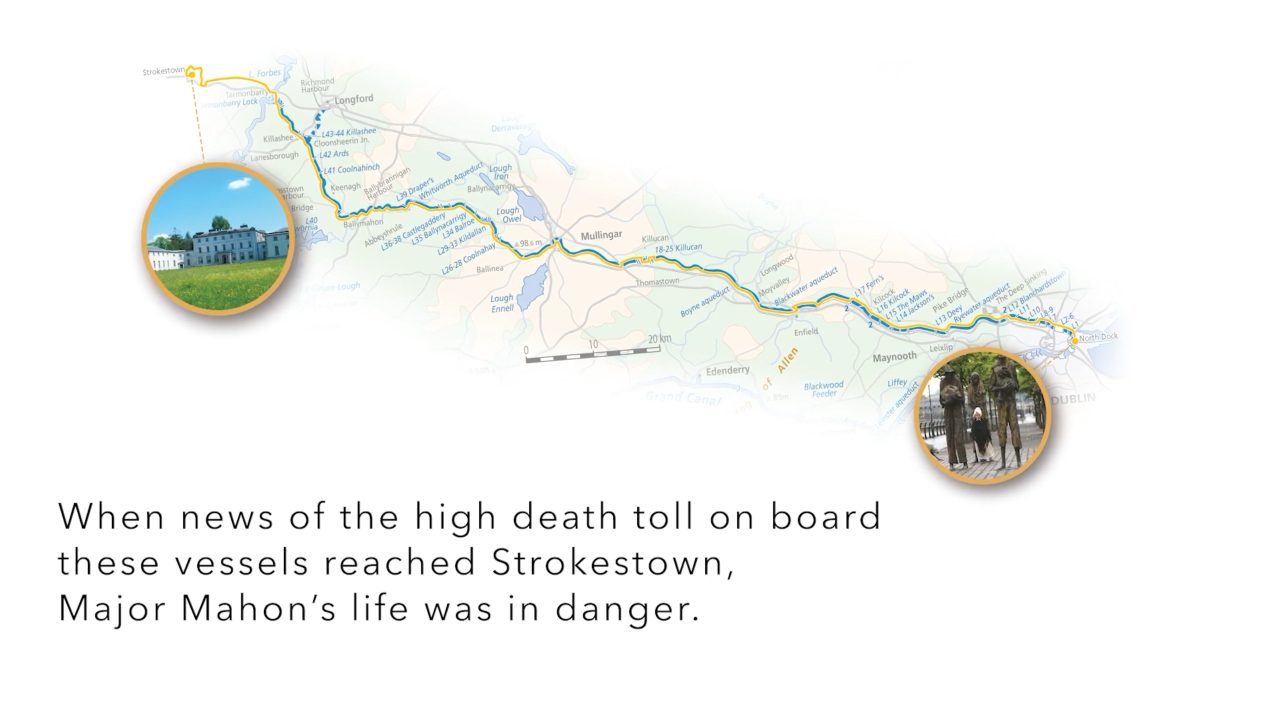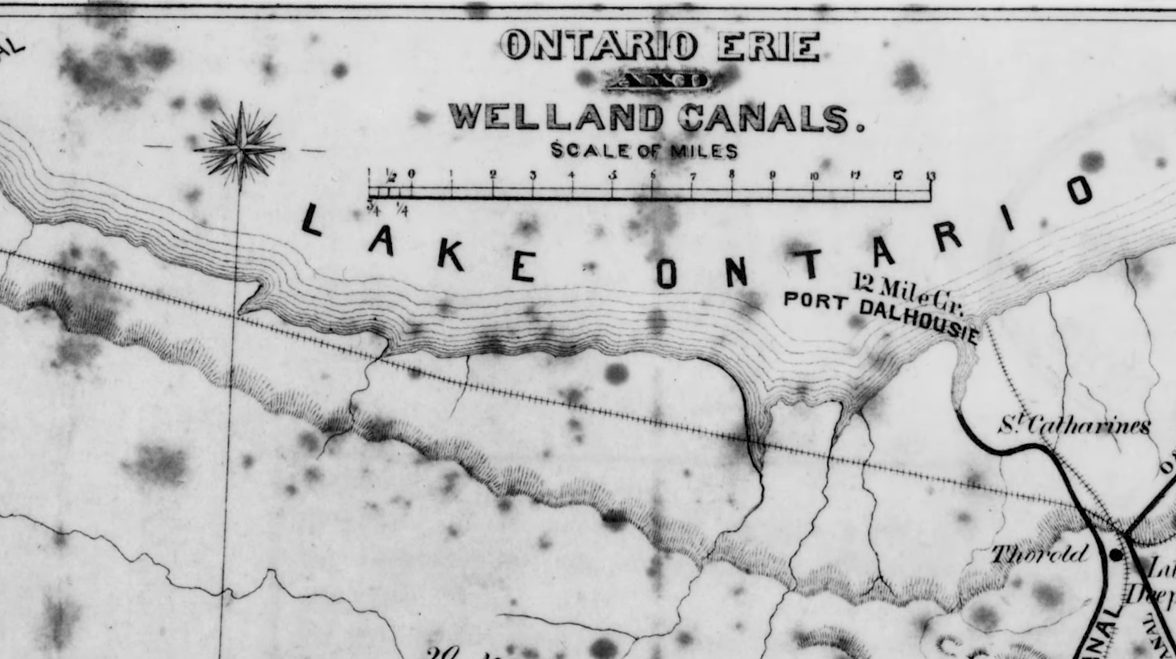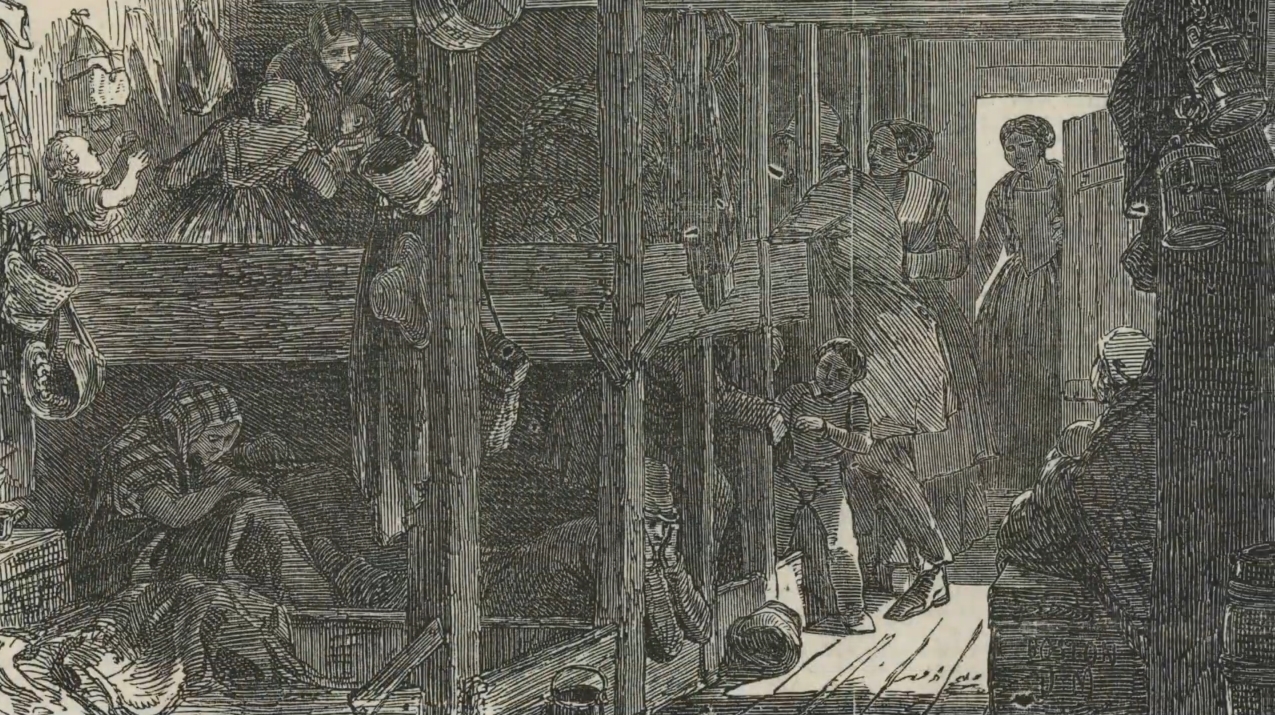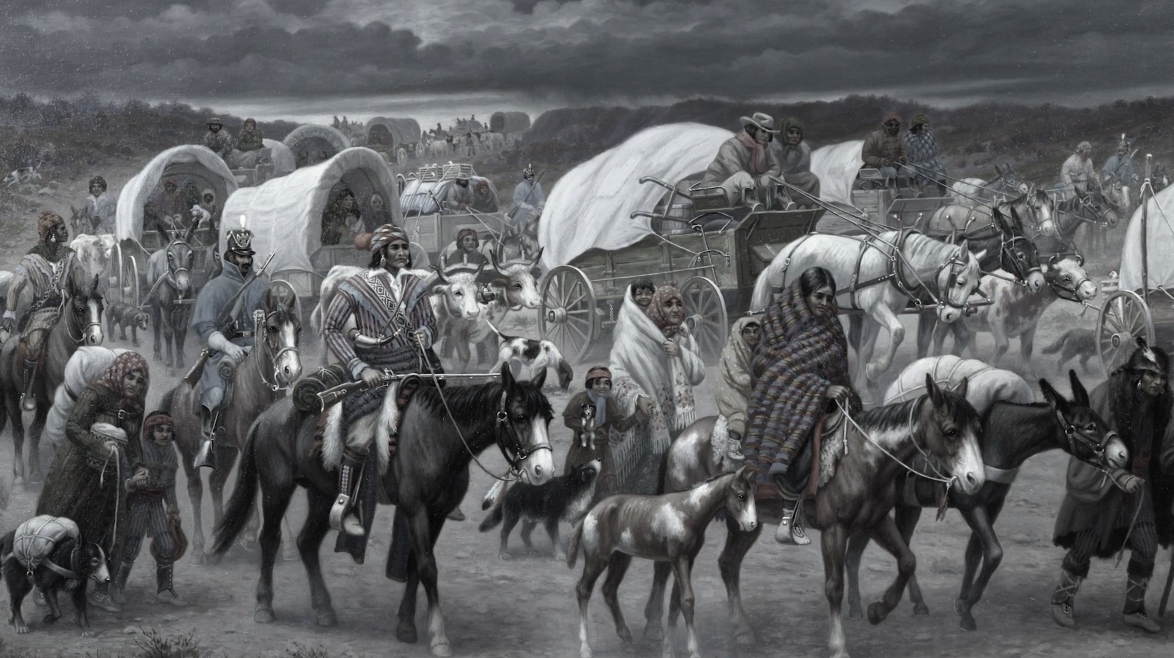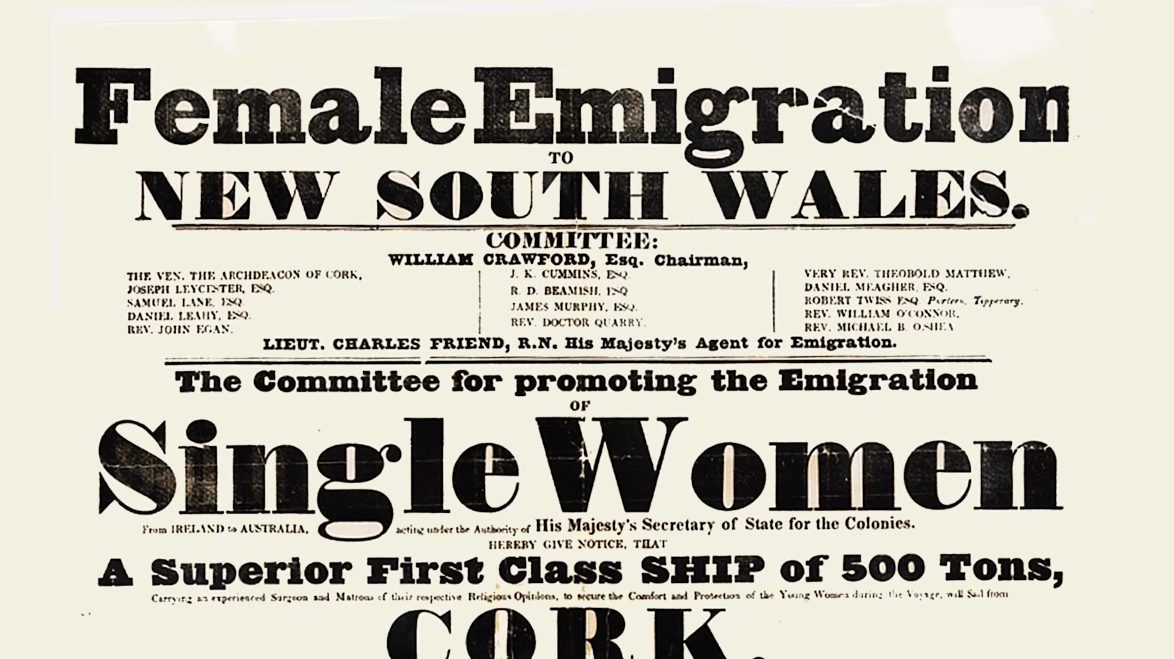The Great Famine Voices project brings together Irish emigrants, their descendants, and members of their communities to share family memories and stories.
In doing so, it is creating a poignant record of those who came from Ireland to North America and Great Britain, especially during the period of the Great Hunger but also in the years that followed.
The Great Famine Voices Roadshow is inspired by the search for the 1,490 former tenants who were forced to emigrate to North America from the estate of Major Denis Mahon at Strokestown Park, now the site of the National Famine Museum, at the height of the Great Famine in 1847. It was cheaper for their landlord to pay for their emigration to Canada (via Liverpool) than it was to keep them in the Roscommon poorhouse. Only about a third of them survived traumatic journeys to build new lives in the UK and North America.
The Great Famine Voices Roadshow is an ambitious project that is building a detailed picture of memories and stories about the Irish emigrant experience that are at risk of being lost. The Great Famine Voices 2023 Media Partner is Irish America Magazine. The Great Famine Voices project is funded by the Government of Ireland Emigrant Support Programme.


What is the Great Famine Voices Roadshow?
The roadshow brings together people from across Ireland, the UK, and North America through open house events, online events and short films.
Participants share in poignant and uplifting conversations about the experience of leaving Ireland and putting down new roots.
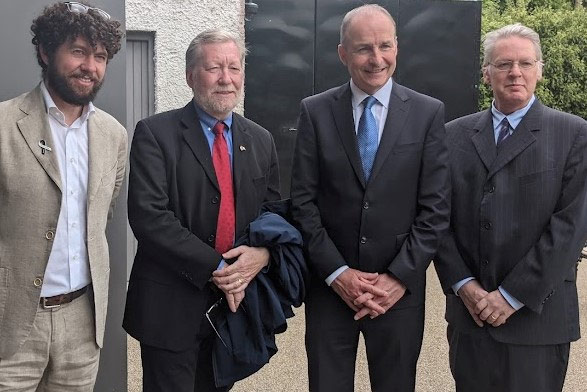

Stories from the Great Famine Voices Roadshow
Watch stories from the roadshow to connect with famine emigrants and their legacies at the Great Famine Voices Website and below.
Great Famine Voices San Francisco
Great Famine Voices San Francisco: (25:38) explores the history of the city’s Irish community on a tour led by Myles Dungan (RTÉ Radio 1, The History Show) and Glen Gendzel (San Jose State University). They recount the legacy of Famine Irish emigrants in building the city as well as the impact of the San Francisco earthquake and fire of 1906 on its landmarks such as the Flood Building, St. Patrick’s Church, and Old St. Mary’s Cathedral. They provide an unflinching account of the role of Irish emigrants such as Denis Kearney and Matthew Noonan in fomenting anti-Chinese racism and pay tribute to the inspirational figure of Kate Kennedy, an early public school teacher, and labour activist whose family had fled from famine-stricken Ireland.
From Strokestown to San Diego
From Strokestown to San Diego: In The Midst of Plenty (31:28) brings together the founder and artistic director of Enchanted Croi Theatre Anne-Marie O’Sullivan and composer-lyricist Amy Day who offer a behind the scenes look at the creative process and their inspirations from the Strokestown Park Archive for their spell-binding new production with its hauntingly beautiful and heartbreaking melodies resonant with the fears of eviction, family breakdown, and inconsolable loss in the past and present. The film features audience reaction from the Irish Outreach Center in San Diego.
From Strokestown to London
In From Strokestown to London (25:27) acclaimed poet and performance artist Cherry Smyth counterpoints her impressions of female Famine Irish immigrants in London in the 1840s with her recollections of visiting the National Famine Museum, Strokestown Park, which helped inspire her to create Famished (Pindrop Press, 2019).
She brings viewers on an evocative and spell-binding journey from famine-stricken rural Ireland to the heart of the British Empire at the height of the Great Hunger.
In the Midst of Plenty
The National Famine Museum | Strokestown Park and Irish Heritage Trust have released In the Midst of Plenty in collaboration with Enchanted Croi Theatre to mark the 2023 National Famine Commemoration. Set in 1847 at the height of the Great Hunger, it tells the story of the desperate lengths the starving tenants on the Strokestown estate in Roscommon went to in order to survive, including betrayal, deceit, and violence, when confronted with eviction and mass-migration.
The film showcases some spelling-binding performances from In the Midst of Plenty and explores how it finds inspiration in petitions from the dispossessed and historical records in the Strokestown Park Famine Archive that are transformed into hauntingly beautiful and heartbreaking melodies resonant with the fears of eviction, family breakdown, and inconsolable loss in the past and present.
Ira Aldridge: African Tragedian in Ireland
Ira Aldridge: African Tragedian in Ireland (35:38) tells the story of one of the most remarkable Black Abolitionists in Famine Ireland. Ira Aldridge was unique as an African-American actor and abolitionist who performed and toured in Ireland at the height of the Great Hunger in 1847-1848. His powerful and moving dramatic performances raised awareness of enslavement and persecution for many years, though he remains little known in the country of his birth. The film is made in collaboration with Professor Christine Kinealy from the African American Irish Diaspora Network and Ireland’s Great Hunger Institute at Quinnipiac University
Famine Lessons: Ireland and European Union Aid, Education, and Heritage
Famine Lessons: Ireland and European Union Aid, Education, and Heritage (24:52) marks the fiftieth anniversary of Ireland’s accession to the EU. The film explores and raises awareness about key EU funded programmes in Ireland such as the European Heritage Awards / Europa Nostra Awards of which the founder of the National Famine Museum, Jim Callery, is a recipient, as well as Erasmus + and the life-saving Enhanced Responses to Nutrition Emergencies (ERNE) project. The film is made in collaboration with Concern Worldwide and with funding from the Department of Foreign Affairs Communicating Europe Initiative 2023
The Famine Irish in New Brunswick
The Famine Irish in New Brunswick (36:53) tells the little-known story of the 16,000 emigrants who fled from famine-stricken Ireland in 1847 to the British North American colony (now Canadian province) of New Brunswick. Two thousand of them perished at quarantine stations such as Partridge Island (Saint John), Middle Island (Miramichi), and Hospital Island (Saint Andrews). The film pays tribute to them and the self-sacrifice of their caregivers, such as Dr James Patrick Collins who lost his life on Partridge Island, and Dr John Vondy who died caring for Irish emigrants on Middle Island. It offers a rare glimpse of Partridge Island where six hundred Irish migrants lie buried on a site that has long been closed to the public.


